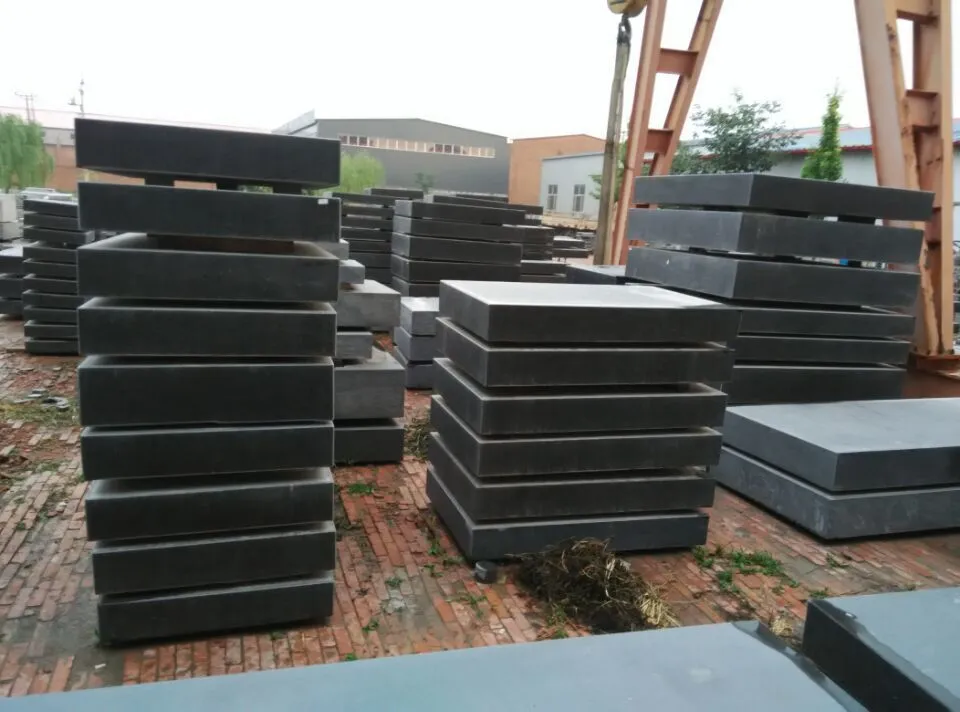נוב . 04, 2024 18:19 Back to list
Different Types and Applications of Ground Anchors in Construction and Engineering
Types of Ground Anchors
Ground anchors are essential components in various construction and civil engineering projects. They provide stability by anchoring structures to the ground, preventing movement and ensuring safety against environmental forces such as wind, water, and earth shifts. There are several types of ground anchors, each suited to specific applications and conditions. This article explores the most common types of ground anchors.
1. Rock Anchors
Rock anchors are embedded into rock formations and are used when working in areas with solid geological substrates. They consist of steel bars or cables that are drilled and grouted into the rock. The bond created between the grout and the rock provides a strong holding force, allowing for high load capacity and stability. These anchors are frequently used in tunneling, slope stabilization, and retaining structures.
2. Soil Anchors
Soil anchors are specifically designed for use in soil to provide support to various structures. They can be categorized into several types based on their installation methods
- Grouted Soil Anchors These anchors are installed by drilling a hole into the ground, placing a steel rod within, and then grouting it in place. The grout sets and bonds the anchor to the surrounding soil, offering significant tensile strength.
- Helical Anchors Helical anchors consist of a shaft with one or more helical plates attached. They are screwed into the ground, and the helical shape allows them to achieve a firm grip. These anchors are commonly used for utility poles, fences, and various lightweight structures.
- Driven Anchors Driven anchors are steel piles that are hammered into the ground. As they are driven down, the soil is displaced, creating a tight fit. These anchors are typically used for foundations and support systems in challenging soil conditions.
types of ground anchors

Post-tensioned anchors are used in prestressed concrete systems. They consist of high-strength steel tendons that are placed in conduits within a concrete structure. Once the concrete has cured, the tendons are tensioned, which compresses the concrete and enhances its load-bearing capacity. This type of anchoring is ideal for bridges, parking structures, and large-scale buildings.
4. Tie-Back Anchors
Tie-back anchors are used to provide lateral support to walls, slopes, and other structures. They are installed at an angle and tensioned to counteract horizontal forces acting on a structure. Common applications include earth retention systems, where tie-backs stabilize retaining walls and excavations. They often use grouted or mechanically driven anchors for secure anchorage.
5. Microanchors
Microanchors are relatively small anchoring systems employed for specialized applications. They are typically used in areas with limited access or where minimal disturbance is required. Microanchors can be grouted or screw-type and are often deployed in slope stabilization projects and smaller building foundations. Their size and versatility make them an excellent choice for urban environments and sensitive landscapes.
6. Parallel Strand Anchors
Parallel strand anchors are made of multiple strands of high-strength steel cables that are bonded together. These anchors provide a higher load capacity and increased flexibility, making them suitable for longer-span applications such as bridge construction and large retaining structures. Their design allows for easier installation and maintenance compared to traditional anchors.
Conclusion
Understanding the different types of ground anchors is crucial for ensuring the safety and stability of construction projects. By selecting the appropriate anchor type, engineers can effectively address the specific challenges posed by various soil and rock conditions. Whether it's rock anchors in solid geological formations or helical anchors in soft soil, the right choice can make all the difference in achieving a secure and lasting structure. Overall, ground anchors play a pivotal role in construction, supporting everything from residential buildings to major infrastructure projects, and their selection should always be approached with careful consideration of the environment and intended use.
-
Why the Right Angle Ruler Reigns in MetalworkingNewsJul.21,2025
-
The Enduring Allure of Granite Boxes in Modern InteriorsNewsJul.21,2025
-
The Digital Gauging Revolution: Reshaping Thread Rings Inspection's FutureNewsJul.21,2025
-
How Modern Inspection Platforms Transcend Surface MeasurementNewsJul.21,2025
-
How Customization Drives Wholesale Success in Parallel RulersNewsJul.21,2025
-
Fortifying Permanent Steel Ground Anchors Against Corrosion's OnslaughtNewsJul.21,2025
Related PRODUCTS









